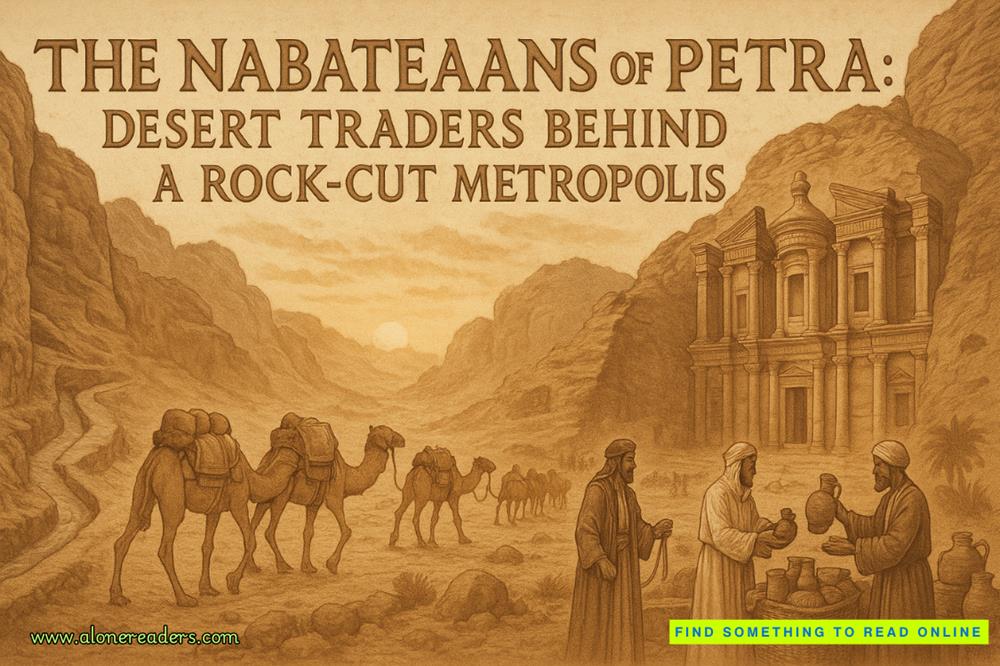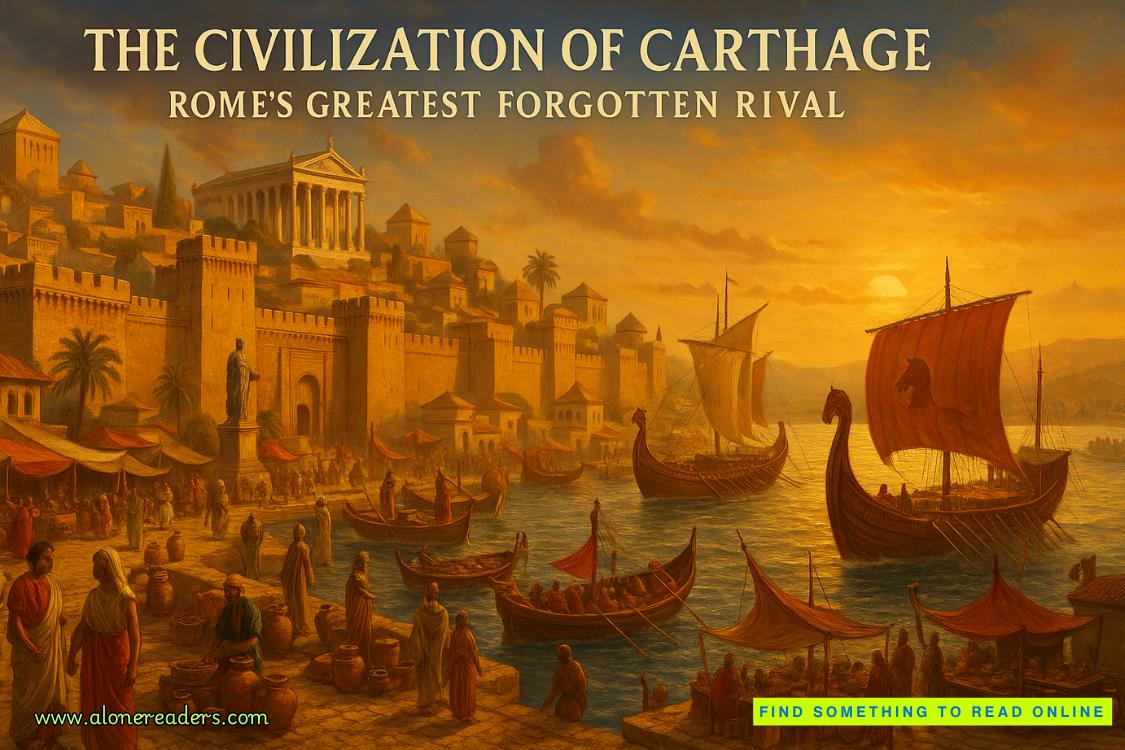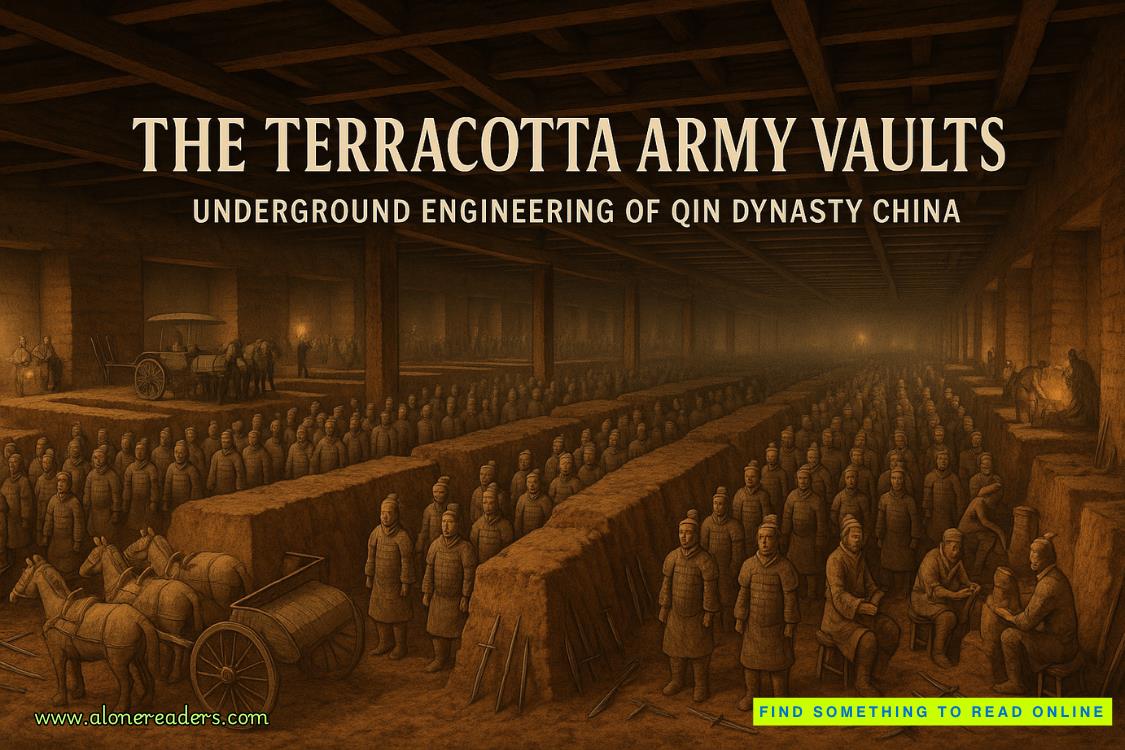Page 37 of Mass Effect
“Depressive quotation: ‘Thou art a scholar, speak to it, Horatio,’” the elcor said to the hooded quarian suit hanging beside the autopsy table, its hips and torso wrapped in violet fabric and brown belts, like all quarian suits.
Horatio had much to say.
The virus that was dead and frozen in the cryopod victims was screamingly alive in Jalosk Dal’Virra’s veins. It was also alive inside the quarian suit. The suit was doing what all environmental suits were supposed to do—identify the intruder and neutralize it without harming the suit’s fragile occupant. Horatio had no occupant, of course, but the suit itself didn’t know that. It only knew something inside it was sick. It was applying all quarian technology to the problem, isolating the puncture points where Yorrik had injected the batarian’s blood and various other fluids into the mesh musculature in pressurized plasto-bubbles, washing the samples with an array of antivirals, antibiotics, aerosolized medi-gel, painkillers, DNA and RNA unhelixers, nanoanalyzers, antigens—anything that might alleviate symptoms, identify the virus, or prove effective in killing it. So far, none of it had helped. If they were on a quarian Flotilla ship, Horatio would interface with the medical mainframe and cross-reference other case studies and plague histories in order to locate other victims and begin to paint a picture of just how bad the situation was. But there was no mainframe here. Just a poor four-eyed bastard crying himself to death.
Something flashed in the upper-left corner of Horatio’s upturned faceplate, just above his fluorescent-painted eyebrow. It looked like an equation, but it wasn’t. Those numbers worried Yorrik more than any of the rest of it. He hated those numbers. Why couldn’t they be other numbers? Safer numbers? No matter how the elcor tried to focus on something else, those numbers kept dragging his eyes back, taunting him, telling him to just give up now.
As an ear, nose, and throat doctor, Yorrik was not at all unfamiliar with viruses. The elcor lip slats might look like simple orifices, but they were terribly delicate sensory organs, prone to infection. If this were a case of ochreous rhinophage, or Thunowanuro megafluenza, or even the vicious Hunno plague that had torn through the settlements on Sangel a few decades ago, Yorrik would have felt very much in his element. If he could not be on stage, then second best was stage managing the body’s greatest performance: healing. But this pathogen was not anyone’s element, because this pathogen had almost certainly never existed anywhere before it existed on the Keelah Si’yah. Horatio had just finished a rough genome sequencing of the virus. A three-dimensional model turned slowly on the faceplate, its deadly anatomy glowing in helpfully differentiated colors.
“Is that the thing that’s killing me?” rasped Jalosk. His voice sounded like someone had ground it up and shoved it through the ship’s engines. Those blue abscesses were not only on the outside. His words echoed in the lab, but Ysses only rippled in its sleep and did not wake.
“In sad agreement: Yes. That is the Yoqtan virus. Pedantic insistence: Although we must stop calling it that. It is not… It is not precise. And it seems to hurt Irit’s feelings. With bashful hesitation: I am thinking of calling it the Fortinbras Plague.”
“Let’s hope we don’t have to call it anything, shall we?” said the captain. “I would very much like to look back on this in a few years as an example of the efficiency of my crew in a crisis, rather than… anything more.”
“I’m so tired. So fucking tired. But it hurts to sleep.” The batarian watched the diagram revolve slowly on Horatio’s face. It looked so alien, like its own creature, which, in truth, it was. A crystal impaled by a long, vicious screw and delicate arachnid legs. It inspired the same revulsion in organic beings as certain insects did.
“It’s kind of pretty, isn’t it?” Jalosk said. “You really should name it after me. I’m the one dying.”
“With bitter fatalism: It is prettier than you can imagine. It is what we call a chimera virus.” The elcor indicated one illuminated section of the virus’s RNA with his thick gray forefinger. “Professorial tone: That is Yoqtan. Emphasis: Only that is Yoqtan. You can see it acts like a tailor’s dressform. It gives the virus a basic shape. Something to build on. But then there is all this silk, Qetsi’Olam. All these horrible ribbons.” One by one, other RNA sequences lit up in a series of colors: blue, pink, yellow, purple, green. “With horror and wonder: This is Asari Cyanophage,” the elcor said, pointing at another stretch of the pathogen’s genetic code. “And this is a strain of salarian proto-syphilis called Ayalon B. This is called the Titan’s Tears, a rare turian hemorrhagic fever. This is the human disease known as measles, and this…” A much smaller piece of the genome lit up an angry red. “This is a trash compactor of junk RNA from a dozen different sources, including Kepral’s Syndrome, Varren Scale-Itch, Ardat-Yakshi, and, as far as I am willing to guess, a viral form of the bubonic plague which ravaged Earth in the fourteenth century.”
“Ardat-Yakshi? Isn’t that the thing that kills you if you fuck the wrong asari?” the captain asked. She sat down on the deck floor cross-legged, listening intently.
“I’ve never even touched an asari, Doc!” Jalosk protested. “Believe me, I’d have liked to, but I haven’t. They make a big noise about genetically diversifying their species, but have you ever met a batarian-asari girl? No, you have not, because they are arrogant and racist.”
“He has a fair point there,” Qetsi chuckled. “The proximity of death has made you quite the comedian, Jalosk.”
“Patient explanation: You do not understand. This is junk RNA. Pieces of dormant information that are not currently actively coded in the virus. They are merely… there. I do not know why. Although they may ‘switch on’ at some point as replication accelerates, we cannot know until it happens. You do not have Ardat-Yakshi. Or Kepral’s Syndrome, or bubonic plague. But the virus you do have contains elements of them. If we return to the metaphor of the dress and the dressform, you can think of junk RNA as decorative pockets that do not really hold anything.”
“What’s a metaphor?” grumbled Jalosk. “Is that a new symptom?”
“Incredulously: Never mind.” Perhaps Borbala was not entirely wrong in her assessment of Jalosk’s intell
igence. Yorrik hurried on. Talking about it helped somehow. Talking about it made it real, which was awful, but real things had real solutions. Sometimes. “With nervous hesitation: The junk RNA is also how I know, at last, that this is an artificial disease. Someone has done this to you. Ayalon B is not a naturally occurring virus. The salarians engineered it in their station on Erinle, but it proved too volatile for mass manufacture and all samples were process-bleached and incinerated. And yet it is here. It is there. It is in you. Helpful exposition: A chimera virus is just this. A virus which combines aspects of many other viruses. This one, whatever we decide to call it, is in the Metastolizomai family. It is highly mutagenic.” Yorrik thought better of his choice of vocabulary and started over. “Viruses are living creatures. Not like us. Not like synthetics. But living creatures all the same. Their only goal is to survive and reproduce, just like us. Viruses are simply much more ruthless in their methods.”
“I like ruthless,” coughed Jalosk.
“Sharp correction: No you do not,” Yorrik replied. “Please try to focus. Viruses have personalities. Correction: They do not have personalities like ours. But they have something like personalities. Family traits. Some are very conservative and averse to risk; they may not even kill their host. Others are reckless and disorganized; they may kill the host long before it has a chance to spread the infection. Ours is… opportunistic. You could call it nimble, if you wanted to. When it encounters an obstacle, such as a strong immune response or a treatment or an already weakened system of the body that could not support significant replication… that doesn’t have enough ‘food’ to keep the virus going, Fortinbras has so many other viruses spliced onto it that it can very easily mutate instead of dying off.
“With growing intellectual excitement: All viruses mutate to some extent. It is part of their life cycle. When a virus meets a healthy cell, it first attaches to the surface receptors, then penetrates the protein membrane, then binds to the most susceptible mechanisms of the cell, fusing with them in order to take control of the cell’s reproduction in order to force the cell to make copies of the virus rather than more healthy cells. It turns the cell into a factory for making more viruses. At that point, there may be an incubation period as the virus enters the uncoating process—shedding that crystal part you see there in order to transcribe its proteins over the proteins of the original cell. And in mixing those proteins, mutations occur—parts of the host merge with parts of the virus, and this merger will be reproduced in the new viral copies during the replication stage.
Many mutations will not be particularly advantageous. Some will be more specifically adapted to the environment. To the infected body. Better for the virus, worse for the patient. Personifying the internal monologue of a virus: I was a pulmonary infection, but I didn’t have much fun in those lungs, so I’m going to let my kids go play in the brain stem. Solemnly: But Fortinbras here has so many exotic proteins to draw on that it is far more likely to produce very bizarre and unpredictable mutations. That means many more of them will be catastrophic failures, of course. But the ones that succeed are likely to succeed in wildly interesting ways. Such as being able to jump from drell to hanar. Or from hanar to batarian. And all it needs to find these wildly interesting ways is time.” A strange thought sparked in Yorrik’s mind. The kind of thought that was hardly even a thought at all yet, just a little road in the dark that might lead somewhere… somewhere new. “That is why it is so resistant to Horatio’s attempts to kill it. Every time it reproduces, it actually becomes a different virus. Sometimes only slightly different. Sometimes night and day.”
“I have no idea what you’re talking about.”
But the captain did. The elcor could see it in her posture. She knew just how bad this was, and it was really starting to sink in now that she would not look back on this fondly in ten years. In ten years, she might not even be there to look back on anything at all.
“With renewed confidence: Batarian, imagine you are preparing to board a vulnerable ship by force. First, you locate the airlock—the part of the ship you can commandeer and enter most easily, yes?”
“Sure, I suppose.”
“Then you penetrate the ship’s defenses and swarm onto the bridge. You either kill or enslave the command structure and the crew—now you have control of the ship. On the outside, it still looks like an asari cruiser or a volus frigate. But in reality, it is now a batarian ship, and you can use it to attack other unsuspecting craft and make them into batarian ships, too. Yet you did not kill everyone on board. Some you took as slaves. You absorbed them into the new ship’s hierarchy, into the batarian culture, and what will come of that synthesis it is impossible to say. That is what a virus does. It survives, consumes resources, and reproduces. Without mercy or morality. And just like people, once it has learned a new trick, it will not go back to the old way of doing things.”
Qetsi was looking down at the floor, deep in thought. After a long silence, she said, “What is that little equation in the corner?”
“Dejected: I was hoping you would not ask. That is the R nought number. Every virus has one. It is a variable. Not everyone who encounters a virus will contract it, not everyone who contracts it will die. There are always natural immunities and outlier cases. But the R nought number tells you how many people a single infected person is likely to pass the virus to given ideal conditions, population density, temperature, group behavior, that sort of thing. For example, the human disease smallpox has an R nought number of five to seven. So a person with smallpox might infect five to seven other people before they die. Ochreous rhinophage, an ancient elcor pandemic, had an R nought number of six to nine.”
The batarian coughed and spat blood again. “And what’s my score, Doc?”















